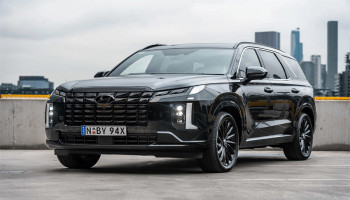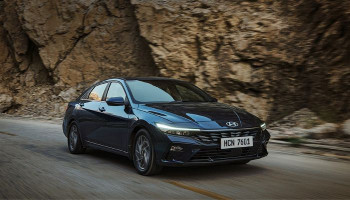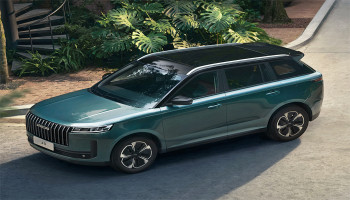
As it seems that the world has grown quite accustomed to electric self-driving cars, India's new autonomous rickshaw has started gaining traction, marking history in the realm of electric mobility.
Developed by Omega Seiki Mobility, this eco-friendly vehicle, named Swayamgati, operates entirely without a driver, marking a significant milestone in clean energy and transport innovation.
The Swayamgati e-rickshaw is part of India’s push towards electric and autonomous vehicles. It runs on a 10.3 kWh battery, allowing it to travel up to 120 kilometres on a single charge, providing a zero-emission alternative to traditional fuel-powered rickshaws.
According to Omega Seiki Mobility, “Swayamgati is not just a vehicle; it’s a vision for the future—a blend of sustainability, safety, and automation.”
Equipped with advanced AI, the rickshaw uses LiDAR, GPS, multi-sensor navigation, and obstacle detection to navigate safely through crowded areas. It can switch between autonomous and manual modes, making it ideal for airports, industrial parks, and smart urban zones.
In its Phase 1 testing, Swayamgati successfully completed a 3-kilometre route with seven stops without a driver. The passenger model is priced at INR 400,000 (PKR 1.26 million), while the cargo version costs around INR 415,000 (PKR 1.31 million).
While details about an international launch are undisclosed yet, the world's first rickshaw represents a significant step towards AI-driven sustainable transport in South Asia.
















